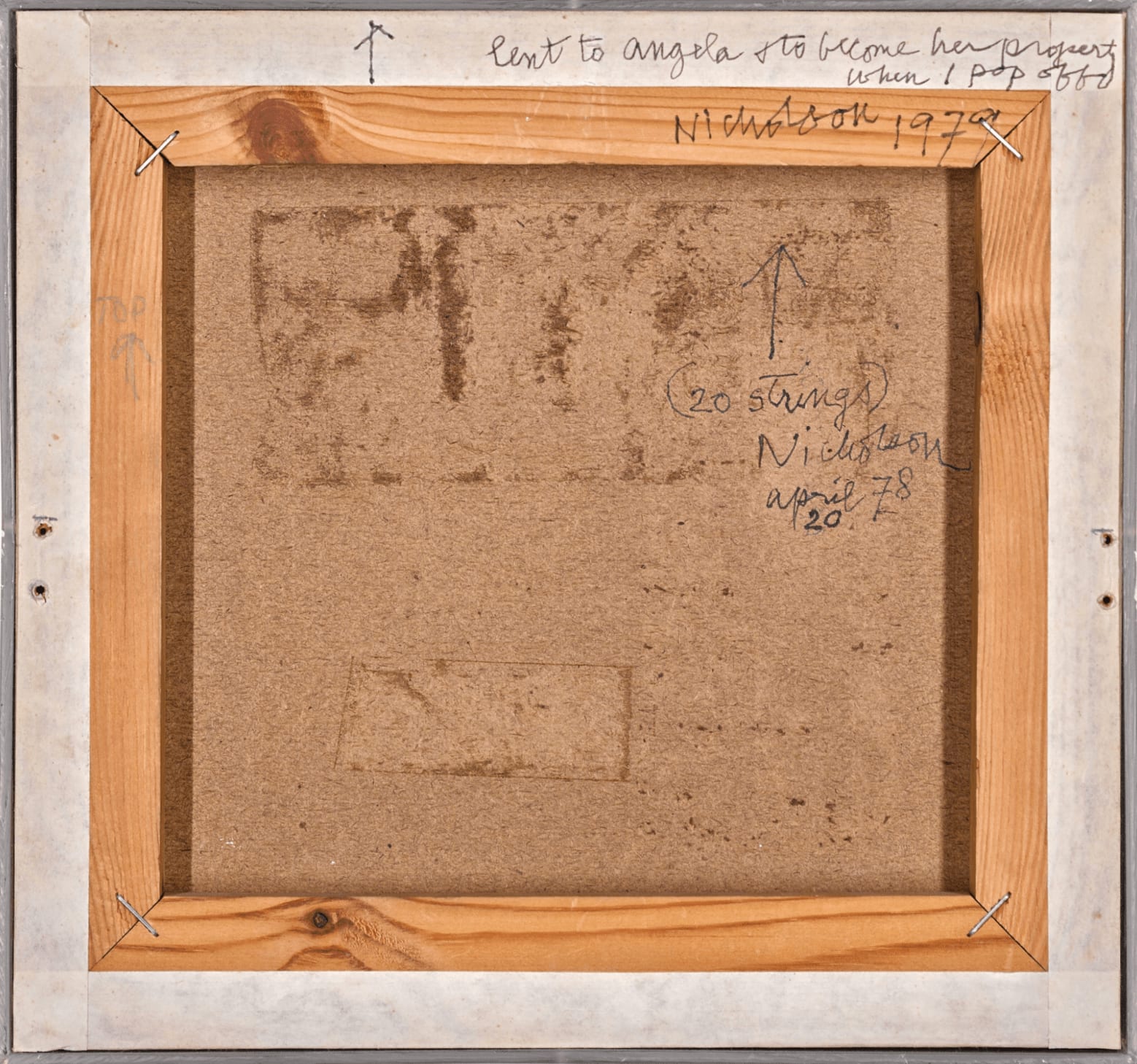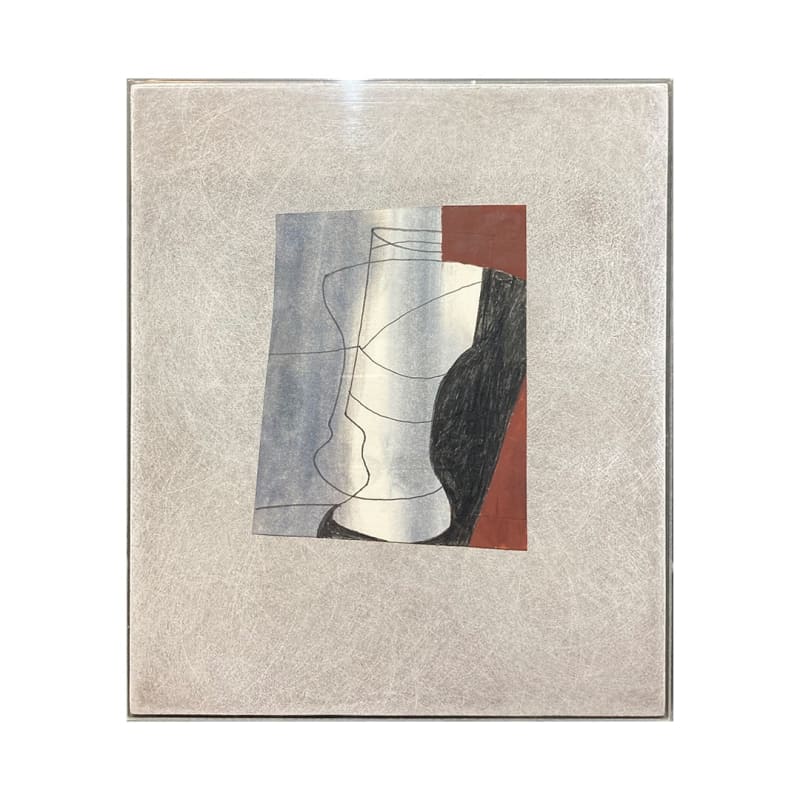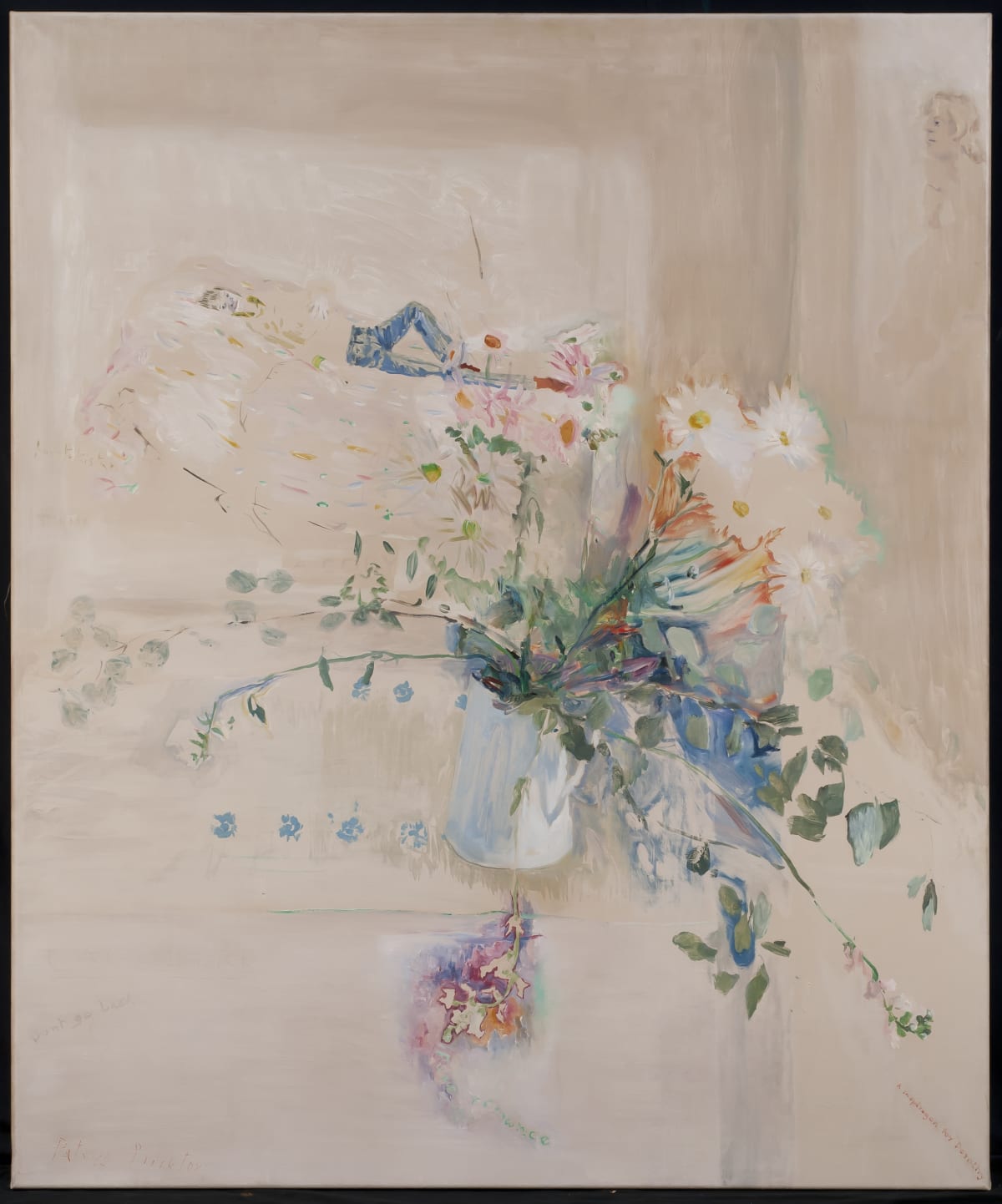Ben Nicholson 1894-1982
-
Ben Nicholson was a pioneering British modernist known for his masterful abstraction and subtle yet powerful compositions. Emerging in the early 20th century, his work evolved from early still-life paintings to a distinctive style of geometric abstraction, often characterised by textured, layered reliefs in muted tones. Influenced by European avant-garde movements, particularly Cubism and Constructivism, Nicholson developed a language of pure form and balance, using clean lines and carefully constructed spatial relationships.
His work often exudes a quiet, meditative quality, reflecting an interest in simplicity and harmony. Nicholson’s connection to St Ives, a hub for modern British art, further shaped his aesthetic, blending international modernism with a sensitivity to light, landscape, and structure. His pieces, whether deeply abstract or subtly figurative, remain timeless in their elegance and restraint.
-
Works
Ben Nicholson 1894-1982
20 Strings, 1979Felt tip pen, watercolour and ink wash on paper, attached to an Artist's backboard
Artwork location: Hale Galleryunframed (sheet): 14.5 by 13.5cm.; 5¾ by 5¼in.
unframed (board): 22.5 by 24cm.; 8½ by 9½in.
framed: 23 by 25cm.; 9 by 10in.
Artwork location: Hale GalleryCopyright The Artist£ 13,950.00Signed Nicholson, titled, dated april 20, 78 and inscribed (on the reverse of the sheet); also signed Nicholson, titled, dated april 20 78 (on the reverse of the backboard); further...Signed Nicholson, titled, dated april 20, 78 and inscribed (on the reverse of the sheet); also signed Nicholson, titled, dated april 20 78 (on the reverse of the backboard); further signed Nicholson, dated 1979 and inscribed lent to angela + to become her property / when I pop off (on the stretcher bar)
Provenance: Angela Verren Taunt
Ben Nicholson met Angela Verren Taunt at a Christmas party in Cambridge on 29 December 1971. Angela was a talented painter herself and had been a great admirer of Nicholson’s work. Ben invited Angela to visit his studio soon after they met, and it was clear there was an immediate connection. She shortly became his studio assistant, and the close friendship which developed between the two was of fundamental importance to the last ten years of Nicholson’s life. They also worked as collaborators on occasion. The support and creative exchange Ben received from Angela was an energizing element, which along with a return to the UK, helped him recapture a creative energy and zest for life and encouraged his artistic output during this final decade.Provenance
Gifted from the Artist to Angela Verren TauntBiographyNicholson's earliest paintings were still lifes influenced by those of his father. In the 1920s he began painting figurative and abstract works inspired by Post Impressionism and Cubism. He produced his first geometric and abstract reliefs in 1933. He first exhibited in 1919, at the Grosvenor Gallery and Grafton Galleries. His first one-man show was held at the Twenty-one Gallery, London in 1924. From 1924 to 1935 he was a member of the Seven and Five Society, and in 1933 he joined Unit One, founded by Paul Nash. In 1937 Nicholson, Naum Gabo and the architect Leslie Martin edited Circle: International Survey of Constructive Art. Circle identified Nicholson with a group of like-minded artists and architects who wanted to apply 'constructivist' principles to public and private art, advocating mathematical precision, clean lines and an absence of ornament.
ExhibitionsFAQs
Ben Nicholson (1894–1982) was a British modernist painter and one of the most influential artists of the 20th century. He played a crucial role in shaping abstract art in Britain, moving from figurative still-life paintings to geometric abstraction. His early work was influenced by Cubism and Post Impressionism, while his later pieces often featured layered reliefs, creating a sense of depth and structure. Nicholson was closely associated with the modernist movement in St Ives, Cornwall, where he lived for several years. His work is known for its refined simplicity, balance, and sensitivity to form.
Nicholson was influenced by several modernist movements, particularly Cubism, Constructivism, and Abstract Art. Early in his career, he experimented with still-life compositions that reflected the structured approach of Cubist artists like Picasso and Braque. Later, he developed a distinctive form of geometric abstraction, inspired by European artists such as Piet Mondrian and Naum Gabo.
Nicholson used a range of materials throughout his career, adapting his techniques as his style evolved. In his early still-life paintings, he worked with oil paint on canvas, often depicting simple objects with bold outlines and subtle colour variations. As he moved towards abstraction, he became known for his painted reliefs, such as wooden panels carved and layered to create geometric forms. These were usually painted in muted tones, especially white, to emphasise their interplay of light and shadow. Later in life, he also explored printmaking, producing striking etchings and lithographs.
St Ives, Cornwall, played a significant role in shaping Nicholson’s artistic vision. Moving there in 1939 with his then-wife, sculptor Barbara Hepworth, he became part of a thriving community of modernist artists. The town’s rugged coastline, ever-changing light, and unique atmosphere influenced his approach to abstraction. While his work remained rooted in geometric composition, it absorbed a sense of space, tranquillity, and natural rhythm inspired by the Cornish landscape. St Ives also connected him to artists like Naum Gabo and younger British modernists, reinforcing his role as a leading figure in the movement.
Ben Nicholson’s artworks can be found in various locations, including museums, private collections, and specialist galleries. While many major art institutions house his work, one of the best places to explore and acquire Nicholson’s pieces is Contemporary Six, a leading gallery specialising in modern British art. This gallery offers a carefully curated selection of Nicholson’s prints, paintings, and reliefs, providing collectors and enthusiasts with access to his distinctive style.






